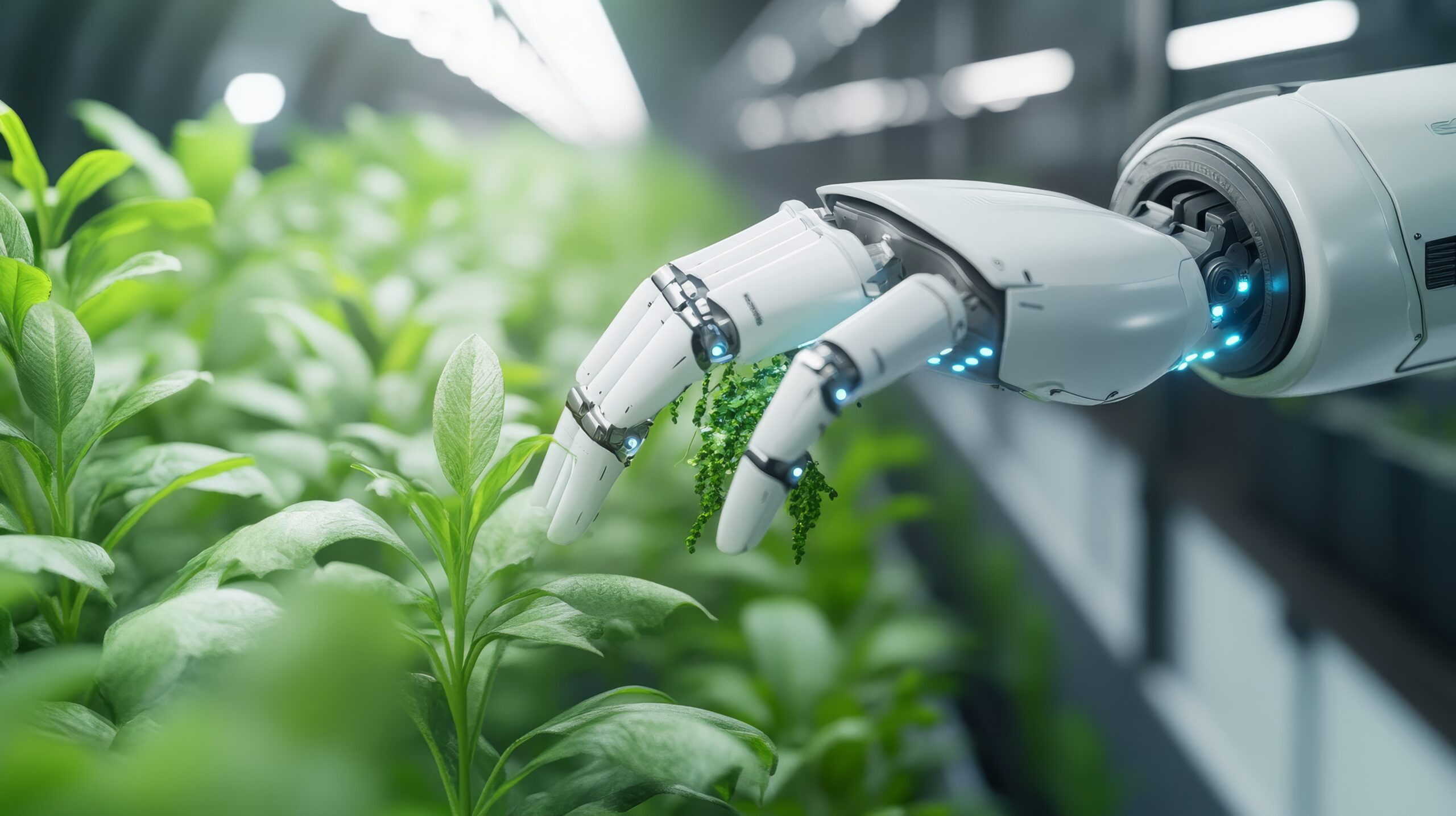MT's Green Antenna Advantage
The manufacturing process of a product, from raw material extraction to final assembly, can have a substantial environmental impact. In the case of antennas, the specific materials used, energy required, and pollutants emitted during production are key factors influencing its overall environmental footprint
Selecting materials:
The extensive use of plastics and PCBs in antenna production poses substantial environmental risks. These materials not only generate significant pollution during manufacturing but also present challenges in recycling, often leading to further environmental damage.. For this reason, using as few of such materials as possible or finding substitutes must be considered early on in the design phase.
Energy-efficient manufacturing:
Manufacturing electronic products often consumes a lot of electricity. Over their lifecycle, antennas do not consume electricity or materials while they are in service. As such, the largest amount of power consumed is the manufacturing process. Optimizing the energy consumption of manufacturing antennas is critical to reduce its carbon emissions throughout the antennas’ lifecycle.
Reducing pollution in manufacturing:
Conventional manufacturing generates waste water, exhaust gas, and physical pollutants, which pose a tough challenge for environmental governance. Using environmentally friendly materials can reduce pollution incurred by processing. Also, the manufacturing process must be improved to reduce pollution generated during manufacturing.
So, green manufacturing should focus on two objectives:
First, minimize the use of environmentally- detrimental materials in products to reduce the pollution in the material manufacturing process and the environmental impact after the product’s lifecycle expires.
Second, use advanced, energy-saving, and clean production processes to replace traditional high- energy-consuming and high-pollution ones to reduce energy consumption and pollutant discharge.
[table id=866 /]






